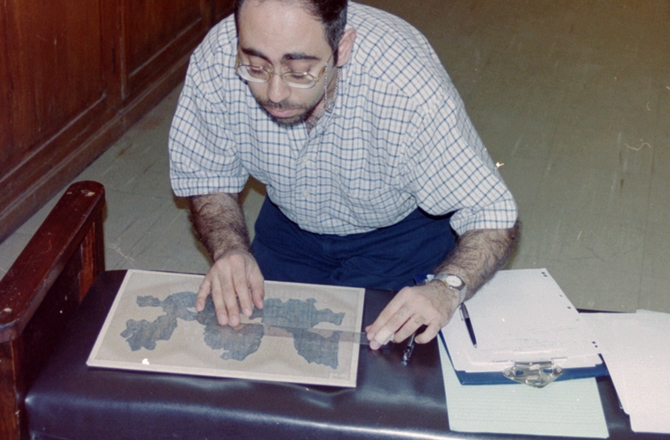The oldest Egyptian leather manuscript has been discovered on the shelves of the Egyptian Museum where it had been forgotten for the past 70 years. The manuscript, which was presumed lost, dates back to between 2300-2000 BC and measures up to 2.5 meters. The manuscript contains valuable texts and colourful drawings that reveal valuable information about that period in history. Speaking to Discovery, Wael Sherbiny, who made the discovery, said “taking into account that the manuscripts has texts and drawings on each side, the roll measures up to 5 meters making it the longest leather roll from ancient Egypt.” The ancient manuscripts contains religious texts and drawings that portray supernatural beings. Religious spells and texts are also found in the manuscript and it is believed that priests at the time used to recite them. According to Sherbiny, the roll portrays segmented texts that illustrate a variety of temple rituals that were later adapted and performed during funerals. To Egyptologists, this is common and was seen on many Middle Kingdom coffins from the necropolis of Hermopolis in Upper Egypt. “Amazingly, the roll offers a more detailed iconography than the Hermopolitan coffins…
Oldest Ancient Egyptian Leather Manuscript Discovered on the Shelves of the Egyptian Museum
September 19, 2015



